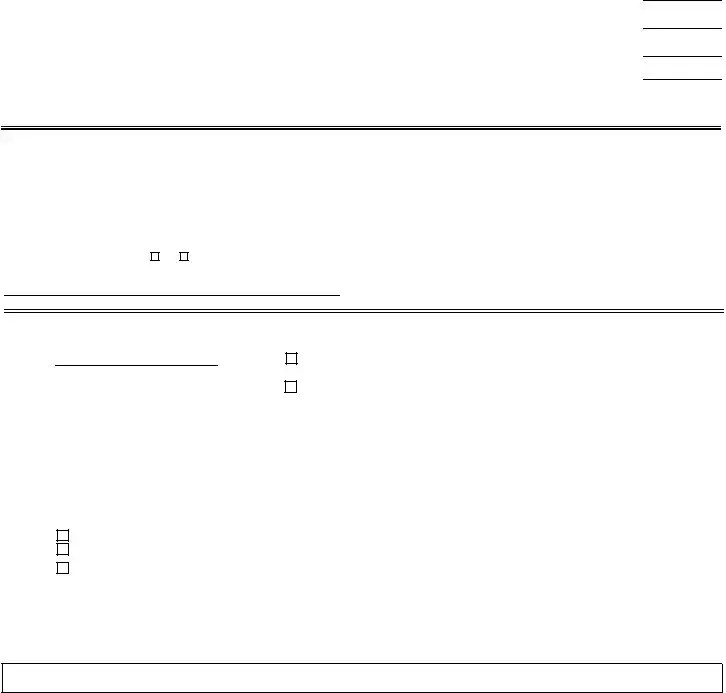The North Carolina Industrial Commission's Form 18 is quite similar to Form 62 in that it's also essential within the workflow of workers' compensation claims. Form 18 is used for an employee to give notice of an accident to the Industrial Commission and the employer, initiating the claims process. Both forms are foundational to the claims process, with Form 18 marking the beginning and Form 62 being involved in the adjustments of benefits, acting as crucial steps in communication and legal procedure in workers' compensation cases.
Form 28B, another document used in North Carolina workers' compensation cases, shares similarities with Form 62 by dealing with compensation matters. While Form 62 details the reinstatement or modification of compensation, Form 28B is geared towards final compensation payment to an employee after reaching maximum medical improvement. Both forms serve key roles in the transition phases of compensation, ensuring ongoing or concluding financial support to the employee.
Outside the realm of workers' compensation, the IRS Form W-4 shares a functional resemblance with Form 62 by involving financial adjustments related to an individual's working status. The W-4 form is used by employees to determine tax withholdings from their paycheck, while Form 62 addresses adjustments in workers' compensation benefits. Both require accurate personal and employment information to guide financial distribution—tax for W-4 and benefits for Form 62.
The Employment Security Commission of North Carolina's Form NCUI 101-A is somewhat akin to Form 62 as both are used to report and adjust financial allocations based on employment status. Form NCUI 101-A is specifically for employers to report their quarterly unemployment insurance tax. Similar to Form 62, which modifies workers' compensation benefits due to changes in employment status or recovery progress, both forms ensure appropriate financial adjustments are made in light of current circumstances.
The Employee’s Report of Injury Form, which is the document filled out after an employee gets injured on the job to officially report the incident, mirrors the purpose of Form 62 in chronicling significant events affecting an employee’s work situation. However, while the Report of Injury Form marks the incident's occurrence, Form 62 comes into play for adjusting compensation, signifying how both documents are pivotal at different stages in the management of worker's injury and compensation.
Modification of Child Support Orders, while not within the workers' compensation sphere, parallels the concept of Form 62 because it involves the adjustment of previously agreed terms based on changed circumstances. Just as Form 62 allows for the modification of compensation based on current evaluations, modifications in child support respond to changes in income, employment status, or living situations, reflecting a mechanism to ensure fairness and adequacy of support.
The Social Security Administration's (SSA) Form SSA-820-F4 is used to report work activity for individuals receiving Social Security Disability benefits, similar to how Form 62 is used within the workforce compensation framework. Both forms are critical for reporting changes that may affect financial benefits, ensuring that any earnings or modifications in the beneficiary's status are accurately reflected in their benefits.
Finally, the Unemployment Benefit Application can be compared to Form 62 because it marks a pivotal point in a person's employment journey—signifying a change in employment status and the need for financial assistance. While the Unemployment Benefit Application is used when employment has been terminated, Form 62 addresses modifications or reinstatements in compensation due to work-related injuries, underlining the adaptability and response of social safety nets to individual's changing circumstances.
